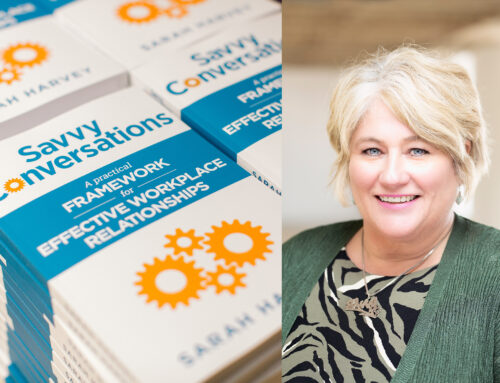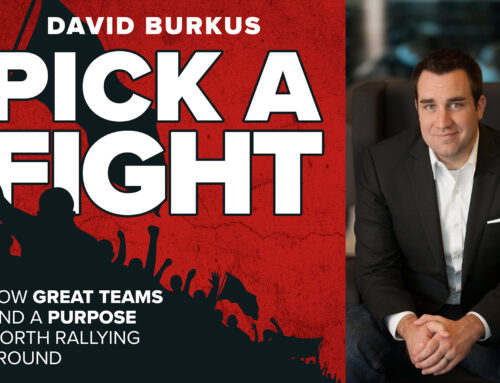Peter Guber has written a masterful additional to the storytelling library shelf with his book, Tell To Win. In the course of showing you how to research, use, prepare, share, borrow, set, mine, and kill with a story, Guber tells a hundred wonderful stories himself, about his career in the movie business, and about many other celebrities along the way. My only complaint is that he doesn’t tell you how to craft a story beyond the familiar three-part opening challenge – struggle – resolution that is the stuff of hundreds of similar books on the scene. Maybe he’s saving that for his next book. But there’s so much good stuff in this volume that you should pick up Tell To Win without delay and devour it because great stories make great speeches and this book will be enormously useful for anyone interested in communicating better as a speaker, writer, or business person.
Beyond beginning, middle, and end, what are Guber’s insights? Here are some of his takeaways:
1. Beware the power of the backstory. Guber relates a number of stories where paying attention to the client’s or customer’s backstory won the deal – and ignoring backstory lost it. Guber himself tried and failed to steal Larry King away from CNN a number of years ago. Ted Turner kept Larry at CNN with 5 words, “Just tell me, ‘Good bye’.” That worked because of Larry’s issues about loyalty over his struggles with his father. Turner knew what button to push – the power of the backstory.
2. Who’s your audience? With Guber’s stories, it becomes clear that he does his homework. You’re never ready to tell a story until you know your audience better than it knows itself. What does that audience fear? Long for? Dream about? Loathe? You’ve got to do the research. You’re simply not ready for prime time otherwise.
3. Who’s the hero of your story? Who are you going to put in the role of hero? A good storyteller knows that you have several options. You can put yourself in the role of hero, and rely on the empathy of the audience to make the transference. Or you can cast a figure from history, or a fictional character as hero. Most powerful, often, is to put the audience in the role. That way, you make it easy for your listeners to take over the story and make it their own.
4. Mine everywhere for sources of story. As someone with a long history in the movie business, Guber knows that stories come from just about everywhere – personal experience, history, myth, the classics, the news – wherever human intent and effort are involved. Don’t limit yourself. Be prepared to find stories everywhere.
5. When you’re telling the story, get into the right frame of mind. Storytellers have to be fully present, feeling the emotions of their stories, so that the magical transference of emotion to the audience will happen when it’s supposed to – and not when it isn’t. You don’t want unintended humor – you want the audience to respond on cue. To get that response, you have to earn it by being completely in the moment with the story.
6. Props can help tell a powerful story; they can also kill one. Guber tells the story of presenting former President Reagan and former President Mikhail Gorbachev with Tiffany-designed jackknives and reminding them of playing mumblety-peg as boys. The prop, and the story worked. But when candidate Michael Dukakis rode in a tank to show he was tough on defense, the prop shot down his campaign, because it didn’t feel real for the peace-loving Dukakis.
7. In the end, you have to surrender control. Good storytelling means giving the story to the audience. The audience has to own it or you haven’t succeeded. That’s brilliant advice, and a nice cap to a valuable book.
As I said, Guber leaves the structure of a story at the simple level that most other writers do. For a more nuanced, thorough explanation of what makes a good story, see my (free) article, "How to tell powerful stories in your speeches."








Leave A Comment